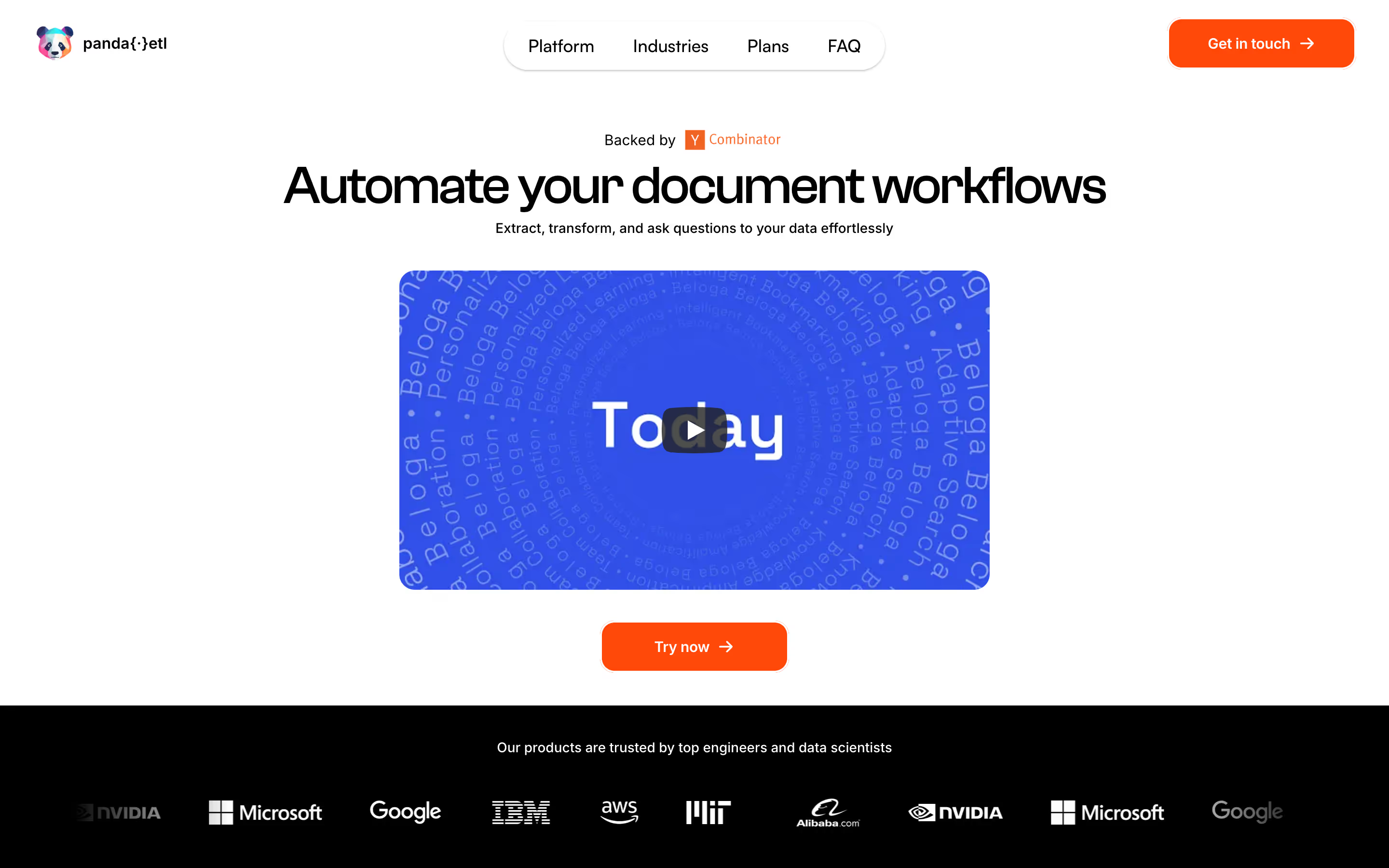
At PandasAI, we envision a future where the power of data analysis is accessible to everyone, regardless of their technical background. We are dedicated to transforming how individuals and organizations interact with their data by bridging the gap between complex code and plain language through advanced generative AI.
Our mission is to democratize data analysis by creating intuitive, natural language conversational interfaces that translate everyday questions into actionable insights. By integrating AI-driven capabilities with familiar data tools like Pandas, we empower users to effortlessly visualize, cleanse, and enhance their data, driving more informed decisions and fostering innovation.
PandasAI is building a world where data fluency is no longer a barrier, enabling a broad spectrum of users—from business analysts to data scientists—to unlock the full potential of their data with ease and confidence. We are committed to advancing this vision through open-source collaboration and scalable enterprise solutions that scale with the evolving landscape of data-driven enterprise.
Our Review
We've been tracking PandasAI since it emerged from Y Combinator's Winter 2024 batch, and frankly, we're impressed by how quickly Gabriele Venturi and his small team have tackled one of data science's biggest pain points. The idea is elegantly simple: ask your data questions in plain English, and let AI handle the messy Python and SQL coding behind the scenes.
What caught our attention isn't just the concept—plenty of startups are chasing the "natural language for data" dream. It's the execution and early traction that made us sit up and take notice.
Why This Feels Different
Most conversational data tools feel like fancy demos that break the moment you ask anything complex. PandasAI takes a smarter approach by building on top of Pandas—the library that's already the backbone of Python data analysis. Instead of reinventing the wheel, they're making the existing wheel much easier to use.
The platform handles the full data pipeline: querying, visualization, cleaning, and even feature generation. We particularly like that it doesn't try to be everything to everyone—it's laser-focused on making data analysis accessible without dumbing it down.
The Traction Story
Here's where things get interesting. PandasAI claims that roughly 35% of Fortune 500 companies are already using their open-source library. That's remarkable penetration for a tool that launched less than two years ago.
The dual approach—open-source for community building and enterprise solutions for revenue—is textbook smart. It lets data scientists kick the tires freely while creating a clear path to monetization through enterprise features like enhanced security and scalability.
Who Should Pay Attention
This isn't just for non-technical users, though that's clearly part of the market. We see the real value for experienced data scientists who are tired of writing the same repetitive queries over and over. Why spend 20 minutes crafting a complex SQL statement when you can ask "Show me customer churn by region for Q3" and get instant results?
Business analysts will love the direct data access without IT bottlenecks. Meanwhile, data teams can focus on higher-value work instead of fielding endless requests for basic reports and visualizations.
Feature
Natural language querying
Data visualization
Data cleansing
Feature generation
Supports multiple data connectors (CSV, XLSX, PostgreSQL, MySQL, BigQuery, Databricks, Snowflake)







